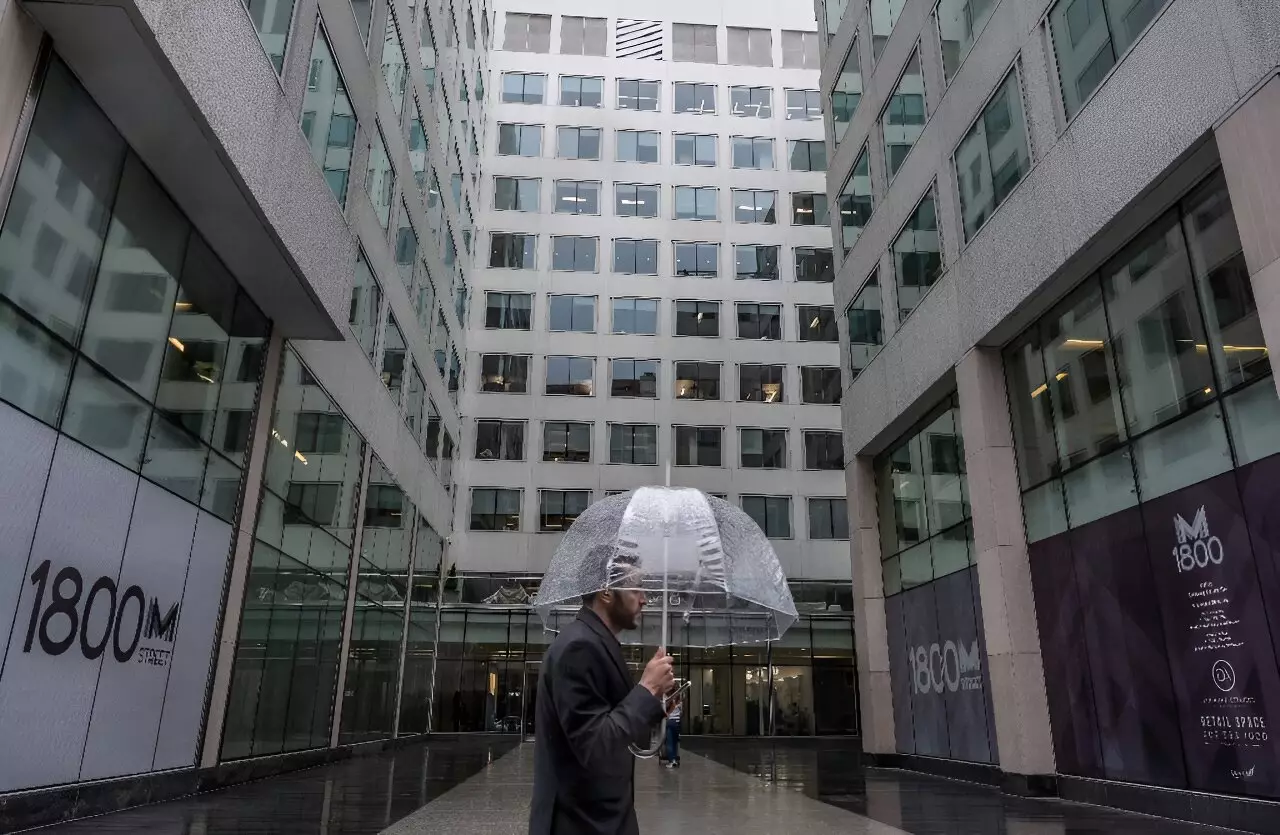The surge in remote work in the United States due to the Covid-19 pandemic has had a profound impact on the commercial real estate sector. Office buildings in major cities like San Francisco, Washington, and New York are now seeing a significant decrease in occupancy rates, with white-collar workers opting to work from home instead of commuting to the office. This shift has resulted in office vacancy rates across the country increasing from 9.5 percent in 2019 to 13.5 percent in 2023, a trend that is expected to continue with a projected hit of 16.6 percent by the end of next year.
Financial Consequences
The decrease in occupancy rates has led to a decline in the value of commercial real estate properties, with a third of the sector’s value wiped out. This has raised concerns for property owners who may face losses on their loans, putting pressure on smaller banks that are more exposed to the commercial real estate market. With $206 billion of $737 billion in office property mortgages set to mature this year, refinancing these loans poses a challenge as interest rates are at their highest in over 20 years.
The potential risk of default by borrowers poses a threat to the capital of banks, particularly smaller ones that may not have the capacity to absorb significant losses. Chief economist Gregory Daco has warned of a “chain reaction” where banks could face stress on their capital if borrowers default on loans due to high vacancy rates and lower property valuations. This risk extends beyond banks to retirement funds or insurance companies that have investments in commercial real estate, as they may also be impacted by the declining property values.
While larger banks may have the resources to weather some losses, smaller banks and other financial institutions are at greater risk of facing financial challenges as a result of the remote work trend. National Economic Advisor Lael Brainard has acknowledged the potential stress on the financial system but believes that the impact will be limited to a specific segment of the commercial real estate market. The Federal Reserve has been working closely with banks that have high concentrations of commercial real estate loans, providing guidance and support to help mitigate potential risks.
As remote work continues to be a prevalent trend in the United States, the commercial real estate sector will need to adapt to the new work patterns to remain resilient. Financial institutions, property owners, and investors will have to navigate the changing landscape of the market, taking into account the challenges posed by high vacancy rates and declining property values. Collaboration between regulatory bodies, banks, and other stakeholders will be crucial in addressing the risks associated with the evolving commercial real estate environment. Only time will tell how the industry will adapt and recover from the impact of remote work on commercial real estate in the United States.


Leave a Reply